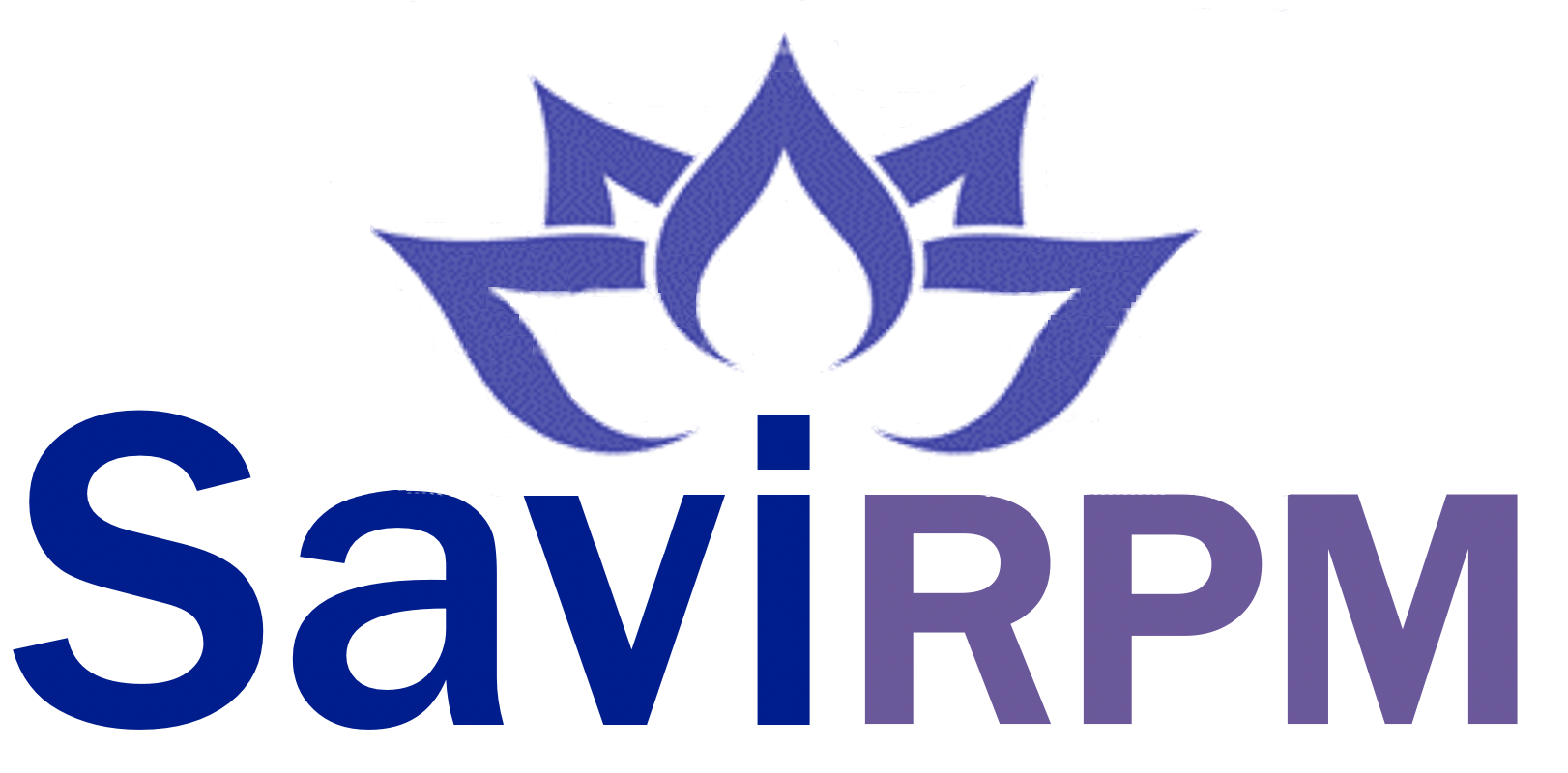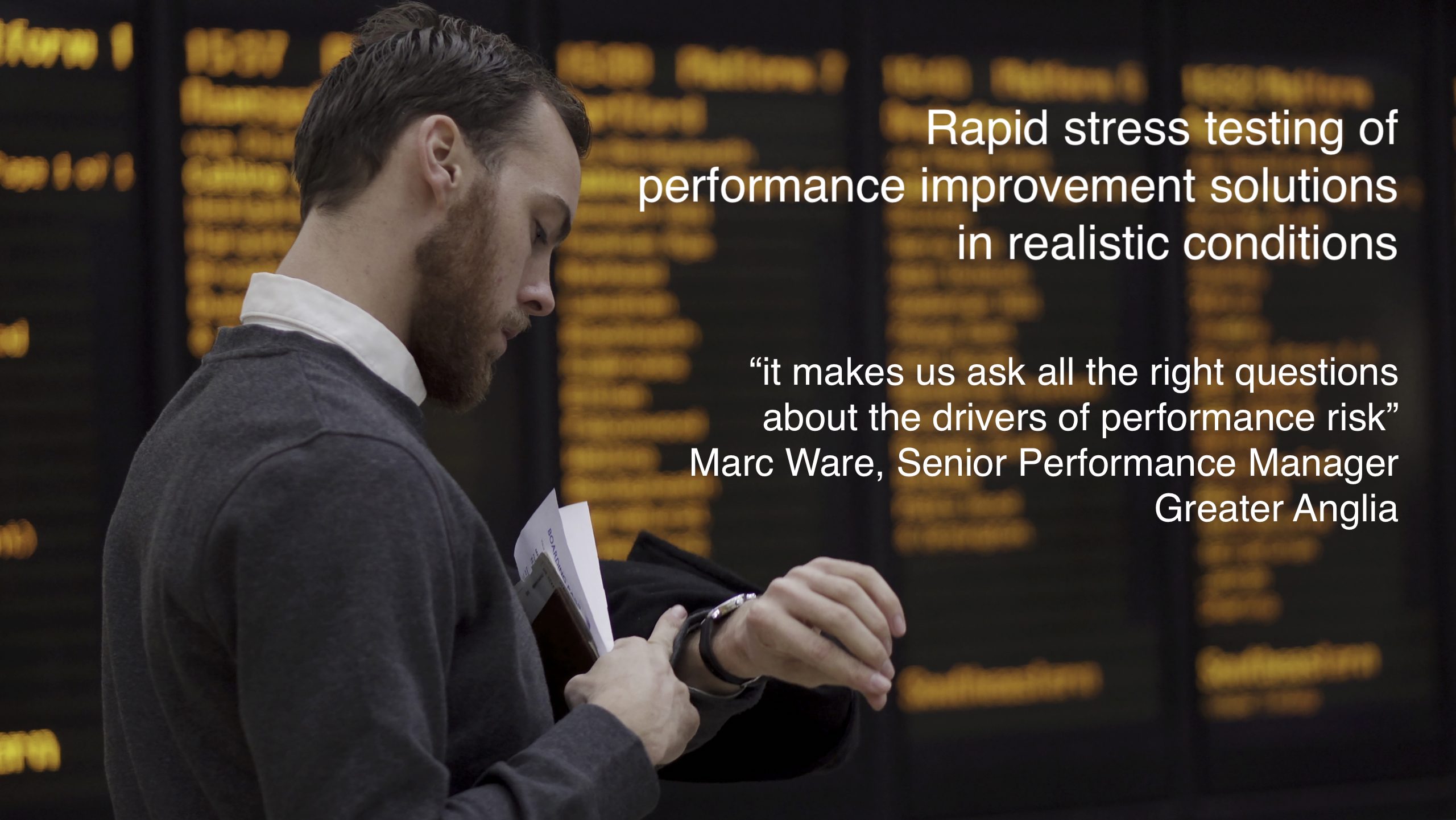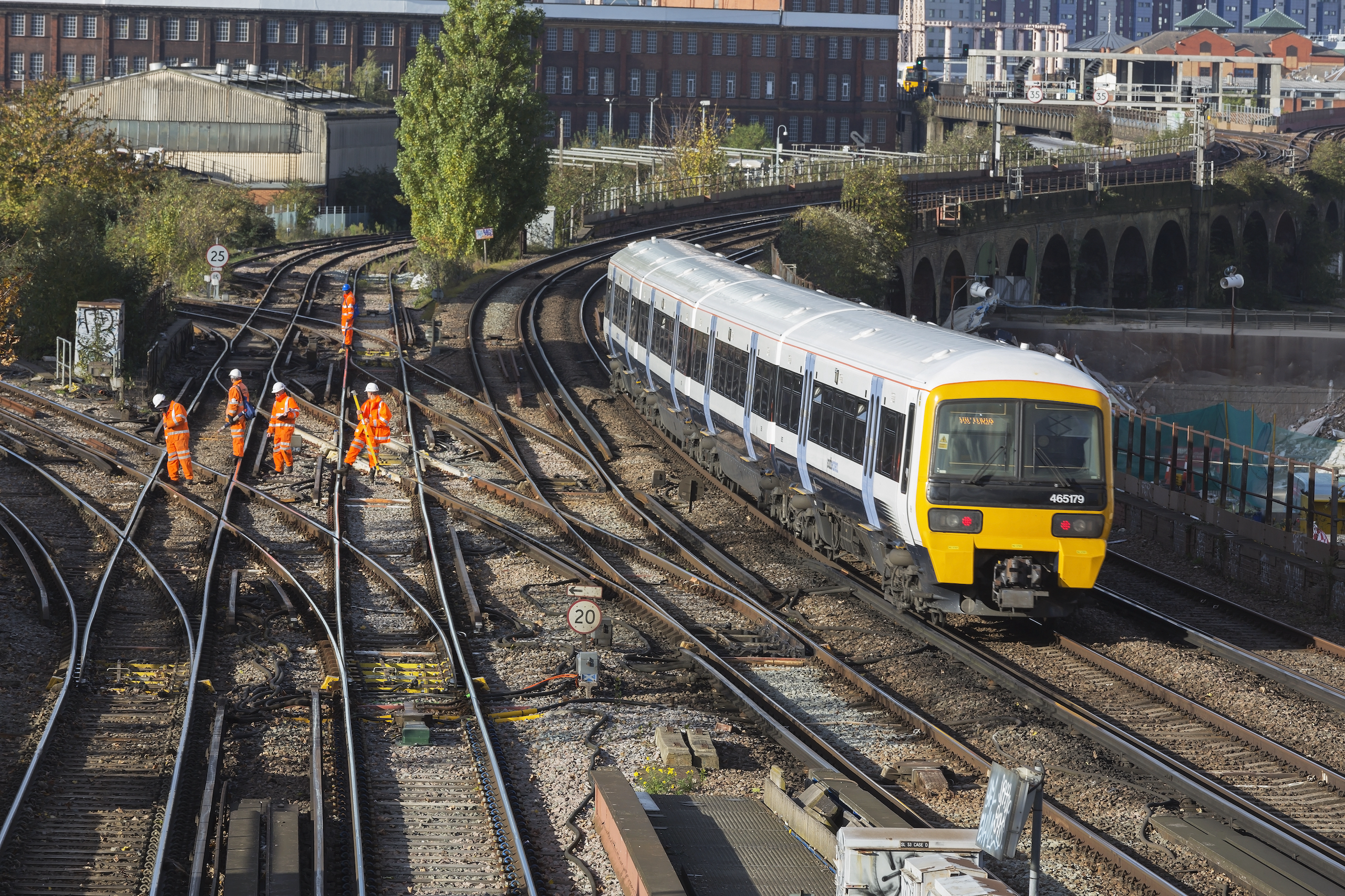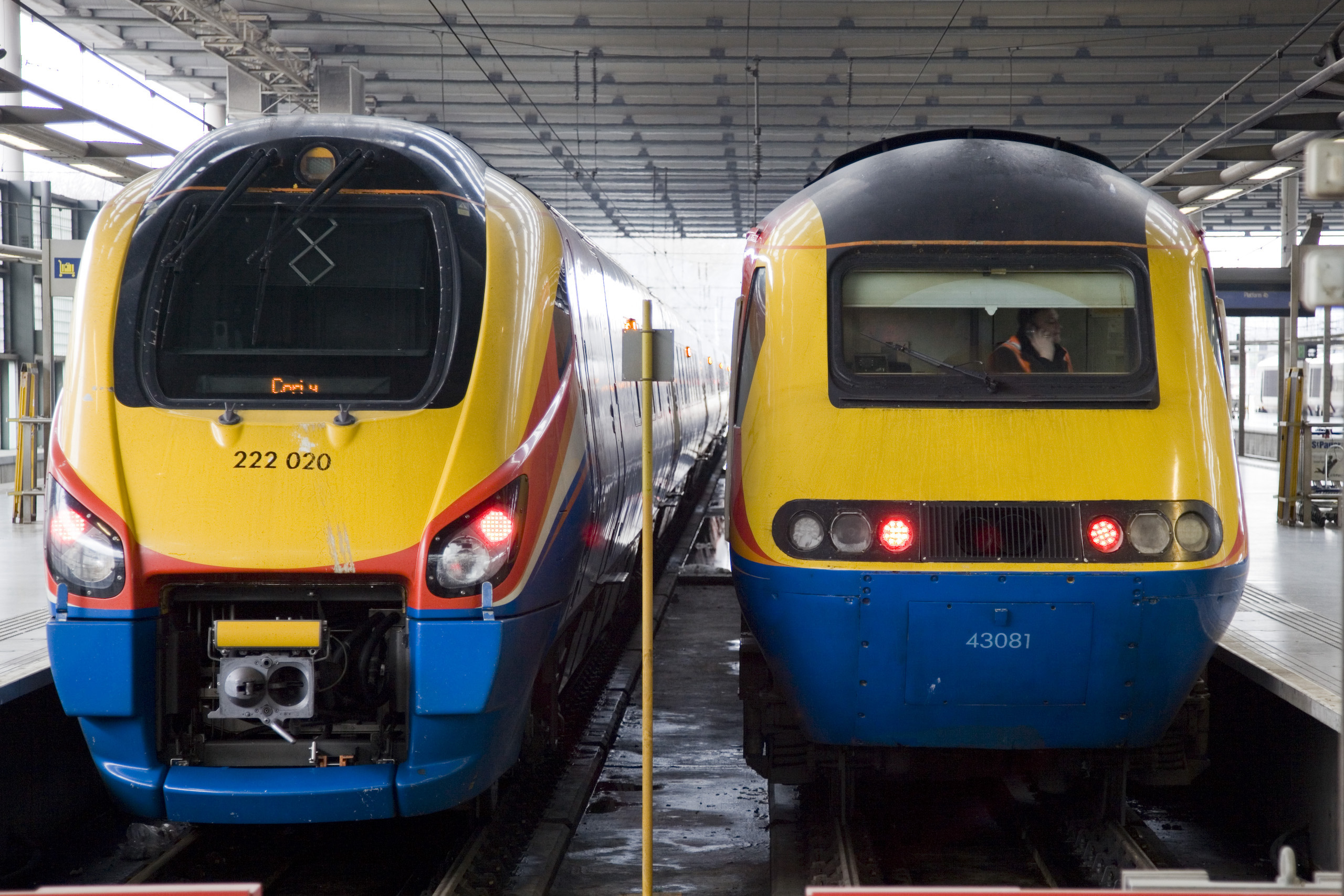
Savi Rail Performance Model

The Savi Rail Performance Model (SaviRPM) provides a powerful strategic decision tool helping train operating companies and Network Rail identify where there are potential risks to performance, and remove system fragility from timetables and service operation, creating a more robust and resilient system to improve service performance for passengers and freight customers.
Identify performance tipping points
...by modelling timetables with increasing levels of delay until they fall over.
De-risk future timetables
...by modelling new timetable options and measuring the capacity risks and performance opportunities.
Plan the introduction of new services and infrastructure
...by adding new services to timetables, changing rail infrastructure, and modelling the improvements to assess performance impacts.
Improve efficiency of the timetable change process
...through early and rapid testing of timetable options to select the ones that perform best, which can then be taken forward into more detailed design.
Timetable tuning to improve performance
...by using Dynamic Running Times (DRTs) to adjust timetable timings.
Maintain service performance with increases in passenger demand
...by testing where increases in passenger volumes might require longer station stops to handle boarding and alighting.
Find and deal with the worst performing services
...by looking for trains that cause the most significant delays to other services and passenger arrival lateness.
Tackle the incidents that have the highest impact on service performance
...by finding the root causes of delays, and cascading reactionary delays, and modelling interventions to find those that deliver the best performance improvement.
Improve passenger journey satisfaction
...by measuring the number of passengers arriving at their journey destinations on time, and modelling ways to decrease passenger journey lateness.
Improve service performance with optimised stock and crew schedules
...by modelling stock and crew resources as they are required by each service, observing where delays to inbound services are affecting outbound services, and improving resource scheduling to mitigate this risk.







